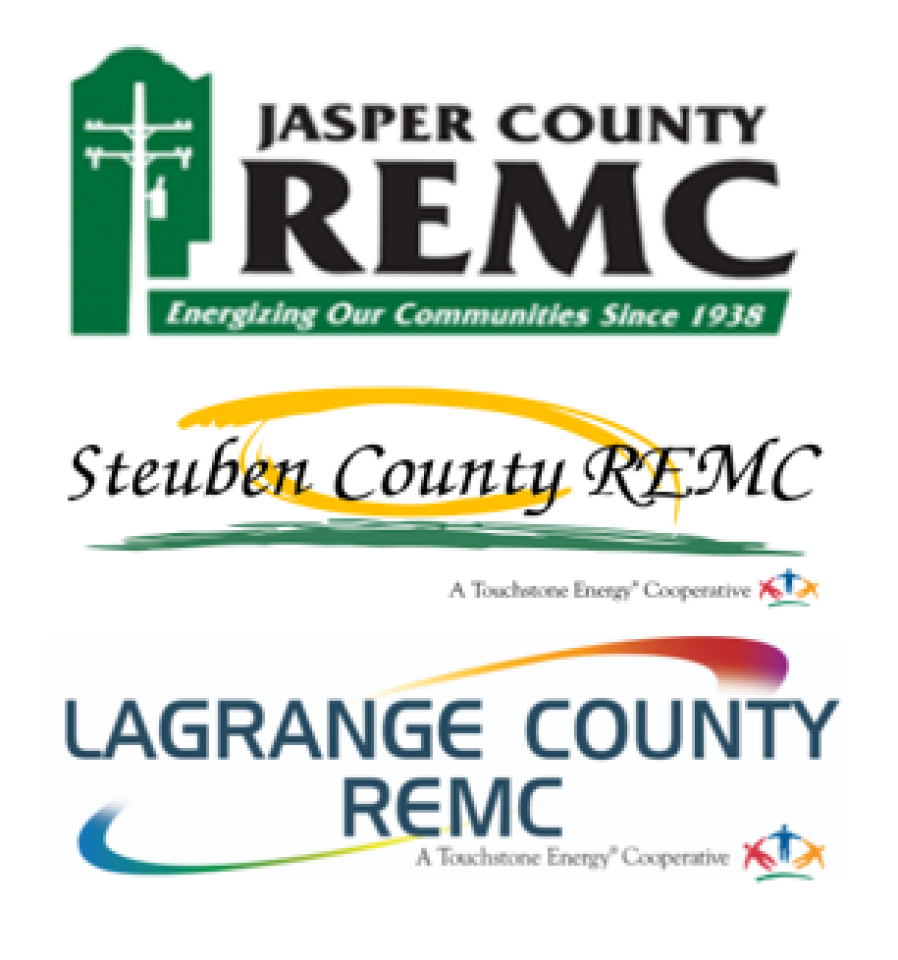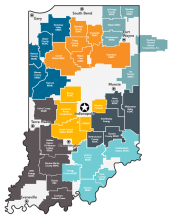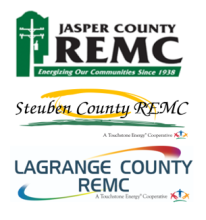
Fast, affordable Internet access for all.

Three northern Indiana county electric cooperatives have announced construction of brand new Fiber-to-the-Home networks which will bring more competition and high-quality Internet access to almost 25,000 homes and businesses in the state once complete.
Jasper County REMC announced its intentions at the beginning of December last year. Incorporated in 1938, its service territory sits in the northwest part of the state and provides electric service to more than 8,500 members over 1,100 miles of line in Jasper County as well as parts of White, Starke, Pulaski, Porter and Newton counties.
Construction will take five or so years to complete, but initial connections can be brought online as early as the first part of next year. Jasper REMC is beginning with a smart grid ring that will be done at the end of 2021, and is working with Wabash Valley Power and National Rural Telecommunications Cooperative during this first stage. They just hired a broadband manager at the end of 2020, who said of the endeavor:
Employees from a variety of businesses have proven that highly-skilled work can be done anywhere — as long as the tools are in place. Our cooperative realizes that advanced Internet infrastructure shouldn’t be a luxury. It is just as important as electricity.

Jasper is joined by Steuben County REMC, which announced around the same time that it will also be tackling broadband for its membership. Though its planning began two years ago, the cooperative finalized its purchase of the Indiana Metropolitan Area Network (iMAN) in January of 2021. iMAN’s history runs back more than two decades, originating in efforts by local officials and business owners left behind by commercial data providers. Today it includes more than 180 miles of dark fiber with three private providers serving more than 70% of businesses in the county as well as four school districts, a university, government buildings, libraries, and the local hospital.
The $2.8 million deal for iMAN (signed in October 2020) will jumpstart the cooperative’s efforts and serve as the foundation of a $25 million build that will reach its 9,500 households in Steuben County as well as parts of DeKalb and LaGrange counties. CEO Kevin Keiser called it “a big job,” but also said “our members have been here before when we collectively worked together to provide rural Steuben County with electricity at a time when no one else would. Today we find ourselves in a similar circumstance and it is again time to cooperatively light our future with broadband services.”

Last, but not least, the LaGrange County REMC has announced it will spend about $20 million to build its network from the ground up, with its eight-member board voting unanimously in favor of the effort last November. Driven by a member survey in 2019 that came back 95% in support, work begins this year on a network capable of delivering symmetrical gigabit service to its roughly 6,200 members. LaGrange REMC, formed in 1936, serves the county as well as parts of nearby Elkhart, Noble and Steuben counties. It plans a base tier of 50 Megabits per second (Mbps) for $60/month.
State Funding Makes It Happen
Both Steuben and LaGrange REMCs have received money from the state’s Major Moves fund to get off the ground, with the latter getting $5 million. They are coordinating efforts to share resources and increase local resiliency and efficiencies. CEO Mark Leu cited the impact it would have for local residents as well as the potential to boost economic development in the region:
With a recent Purdue University study showing that investment in rural broadband yields a 4:1 benefit for the economy, our project could potentially provide a $100 million benefit to LaGrange County. It’s hard to ignore those numbers and the positive impact such a project could have in boosting economic development and our members’ quality of life throughout the county.
All three cooperatives have indicated that once initial construction is complete they’ll re-evaluate what opportunities exist to expand beyond their electric footprint to bring broadband service to neighboring communities.
We recently wrote about broadband projects being pursued by centrally located electric cooperatives in Indiana like Hendricks and Heartland REMC. Likewise, in late 2019 Southern Indiana Power and Tipmont REMC got $7 million from the state’s Next Level Connections grant program to pursue construction on their own fiber network, making it a good time to be a Hoosier living in electric co-op territory.


